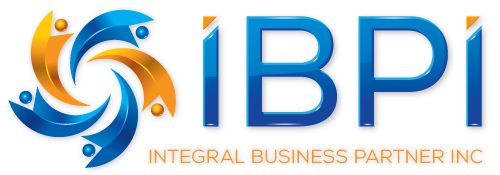In reality, the first few months on the job are critical. Post-hire follow-up is what turns new employees into engaged, loyal team members who stay for the long haul. In this post, I’ll share how I approach post-hire follow-up to strengthen relationships, boost retention, and ensure long-term success.
1. Check In Frequently (But Don’t Micromanage)
I’ve found that frequent check-ins during the first few months are essential for keeping new hires on track. But there’s a fine line between being supportive and being overbearing.
What Works:
• Schedule formal check-ins at 30, 60, and 90 days to review progress and discuss any concerns.
• Encourage managers to check in weekly or biweekly with casual, supportive conversations.
• Use one-on-one meetings to discuss career goals, challenges, and feedback.
2. Ask for Honest Feedback
I always tell hiring managers: If you want to improve your onboarding and retention efforts, listen to your employees. New hires can offer fresh perspectives that long-time employees might overlook.
How to Do It:
• Conduct new hire surveys after 30, 60, and 90 days.
• Ask open-ended questions about their experience so far.
• Be open to criticism and ready to act on suggestions.
3. Provide Early Wins and Clear Milestones
I’ve seen how early wins can boost a new hire’s confidence and motivation. When employees achieve something meaningful early on, they feel like valuable contributors right away.
Best Practices:
• Assign small, manageable projects that let them show their skills.
• Recognize and celebrate early successes in team meetings or emails.
• Use a milestone tracker to show how they’re progressing toward long-term goals.
4. Offer Continuous Support and Development
Learning shouldn’t stop after onboarding. I’ve worked with companies that offer continuous development opportunities, and it makes a huge difference in employee engagement and retention.
What I Recommend:
• Provide training workshops, mentoring, or coaching sessions.
• Offer online learning platforms or tuition reimbursement for relevant courses.
• Create a personal development plan tailored to each employee’s career goals.
5. Build a Sense of Belonging
I’ve learned that employees stay with companies where they feel connected and appreciated. Creating a sense of belonging after the initial onboarding phase is crucial for long-term success.
How to Do This:
• Encourage team bonding through regular social events or team-building activities.
• Celebrate work anniversaries, personal milestones, or project completions.
• Create peer recognition programs where colleagues can acknowledge each other’s contributions.
6. Keep the Door Open for Future Conversations
One of the best things I’ve seen companies do is maintain an open-door policy—not just during onboarding, but throughout the employee’s entire journey. This keeps communication honest, transparent, and productive.
How to Stay Connected:
• Hold quarterly career development reviews with managers.
• Offer skip-level meetings where employees can share feedback directly with senior leadership.
• Encourage ongoing feedback loops through pulse surveys or feedback tools.
Final Thoughts: Stay Connected to Keep Talent
Post-hire follow-up is about much more than retention metrics—it’s about building long-term relationships. By staying connected, providing continuous support, and celebrating successes, you create a workplace where employees feel valued, motivated, and inspired to stay for the long haul.
In my next post, I’ll cover Reputation Management: Turning Candidates into Brand Ambassadors. Stay tuned!

